The World’s 10 Most Common Trees: An Exploration of Global Greenery
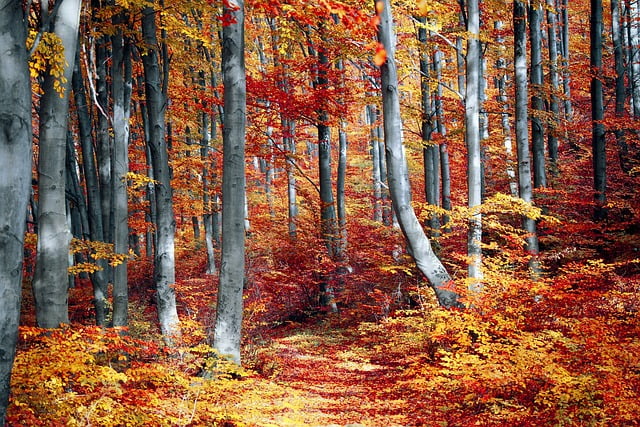
Trees are the Earth’s lungs, providing oxygen, purifying the air, and offering habitat and sustenance to countless species. While our planet is home to a stunning variety of tree species, some stand out as the most widespread. In this blog post, we will take a closer look at The World’s 10 Most Common Trees found across the world, celebrating their diverse beauty and ecological importance.
List of The World’s 10 Most Common Trees
- White Pine (Pinus Strobus)
- Red Alder (Alnus Rubra)
- Douglas Fir (Pseudotsuga menziesii)
- Common Beech (Fagus Sylvatica)
- Quaking Aspen (Populus Tremuloides)
- Eucalyptus (Eucalyptus genus)
- Pine (Pinus genus)
- Oak (Quercus genus)
- Birch (Betula genus)
- Mango (Mangifera indica)
World’s 10 Most Common Trees
White Pine (Pinus Strobus)

White Pine, indigenous to North America, stands as a lofty evergreen tree celebrated for its supple needles and slender cones. Predominantly located in the eastern regions of the continent, it holds a crucial place in the forest ecosystem.
Read More: 10 Most Oxygen Producing Trees in India
Red Alder (Alnus Rubra)
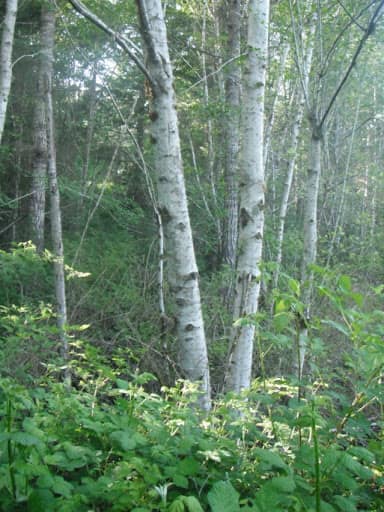
Red Alder is native to North America’s Pacific Northwest. Its reputation lies in its capacity to fix nitrogen, which enhances soil fertility and promotes the development of surrounding vegetation. This tree is a key player in forest succession.
Douglas Fir (Pseudotsuga menziesii)
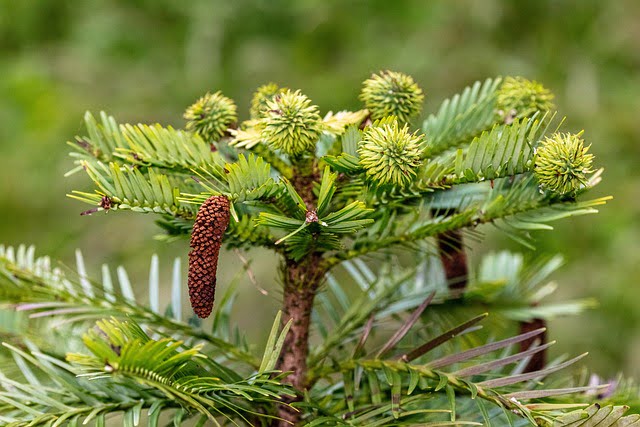
The Douglas Fir, a native of North America’s western regions, is a towering giant that can reach impressive heights. Its wood is prized in construction and furniture making.
Read More: Types Of Forests In The World
Common Beech (Fagus Sylvatica)
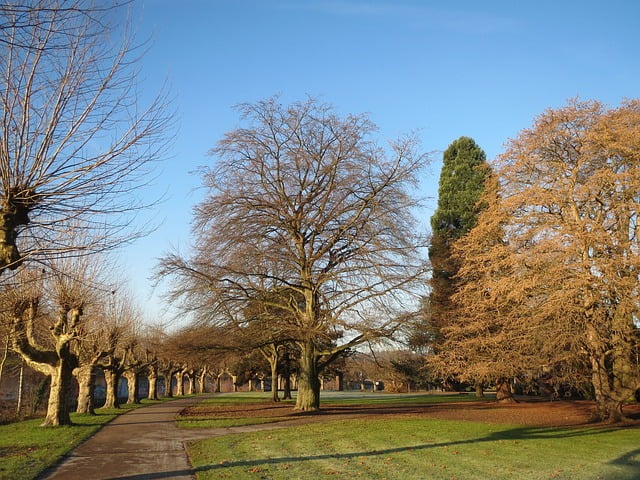
Common beech, native to Europe, is recognizable by its smooth gray bark and shiny, dark green leaves. Also, it is one of the most commonly found trees in the world. This tree is a vital component of European forests, providing habitat and food for various wildlife.
Quaking Aspen (Populus Tremuloides)

The Quaking Aspen, widespread across North America, is famous for its fluttering leaves that create a captivating spectacle in the wind. These trees form extensive clonal colonies, making them some of the world’s oldest and heaviest organisms.
Read More: 7 Most Famous Fruit Capitals Of India
Eucalyptus (Eucalyptus genus)
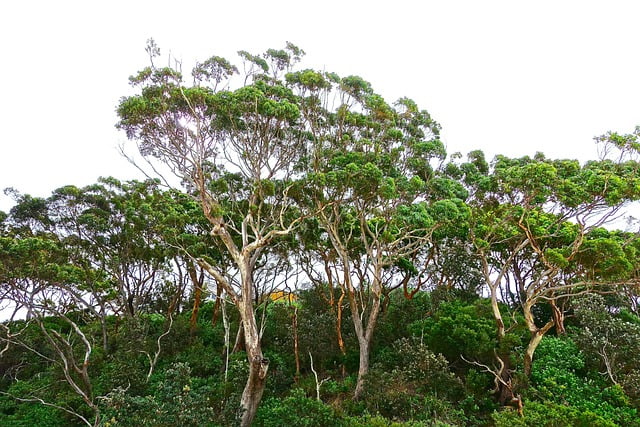
Eucalyptus trees, originating in Australia, have spread to various corners of the globe. Renowned for their rapid growth, these trees feature leaves rich in essential oils, giving off a distinctive and pleasant aroma. These trees are essential for many Australian ecosystems.
Pine (Pinus genus)

Pine trees, known for their distinctive needles and cones, can be found throughout the world from high mountains to coastal areas. They have been successful in maintaining their existence for thousands of years. They’re a vital source of timber and often dominate forested landscapes.
Read More: Therapy in Nature: 8 Mental Health Benefits of Nature Exposure
Oak (Quercus genus)
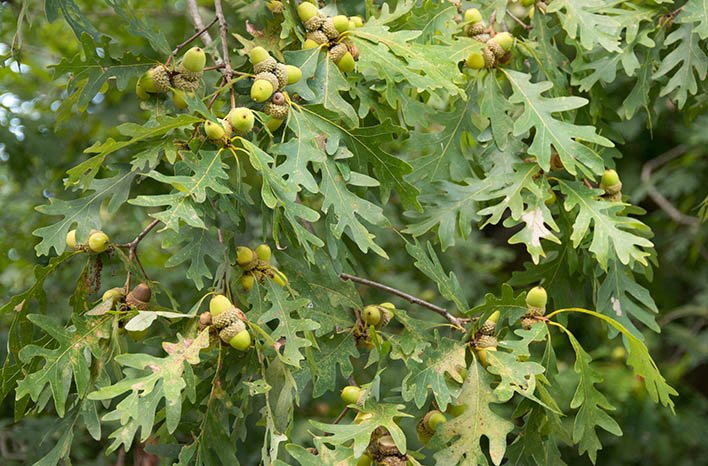
Oaks are known for their enduring lifespan and wide range of species. They are found in North America, Europe, Asia, and various regions around the world. Oak trees are culturally significant and provide valuable acorns for wildlife.
Birch (Betula genus)
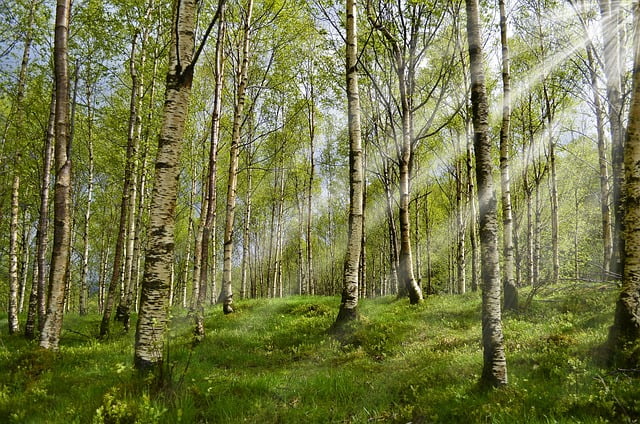
Birch trees are most commonly found in the Northern Hemisphere, especially in Europe, Asia, and North America. Their notable feature is the distinctive white bark, and they are frequently the pioneering trees that establish themselves in disrupted or barren environments.
Read More: 8 Transformative Ways to Infuse Positive Effects into Our Lives
Mango (Mangifera indica)
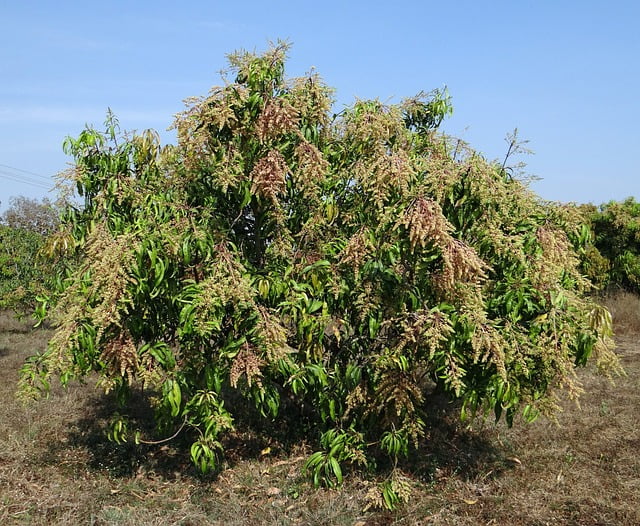
The Mango tree, originating in South Asia, is famous for its delicious fruits. Mango cultivation spans tropical and subtropical regions across the world, solidifying the tree’s status as one of the most widespread fruit-bearing species on a global scale.
Conclusion
These ten common trees represent a small fraction of the rich tapestry of tree life on Earth. Each plays a unique ecological role and holds cultural significance in various regions. While these trees are widespread, they are still deserving of our admiration and protection. Recognizing and appreciating these common trees can deepen our understanding of the planet’s intricate ecosystems and the essential role that trees play in sustaining life as we know it.




